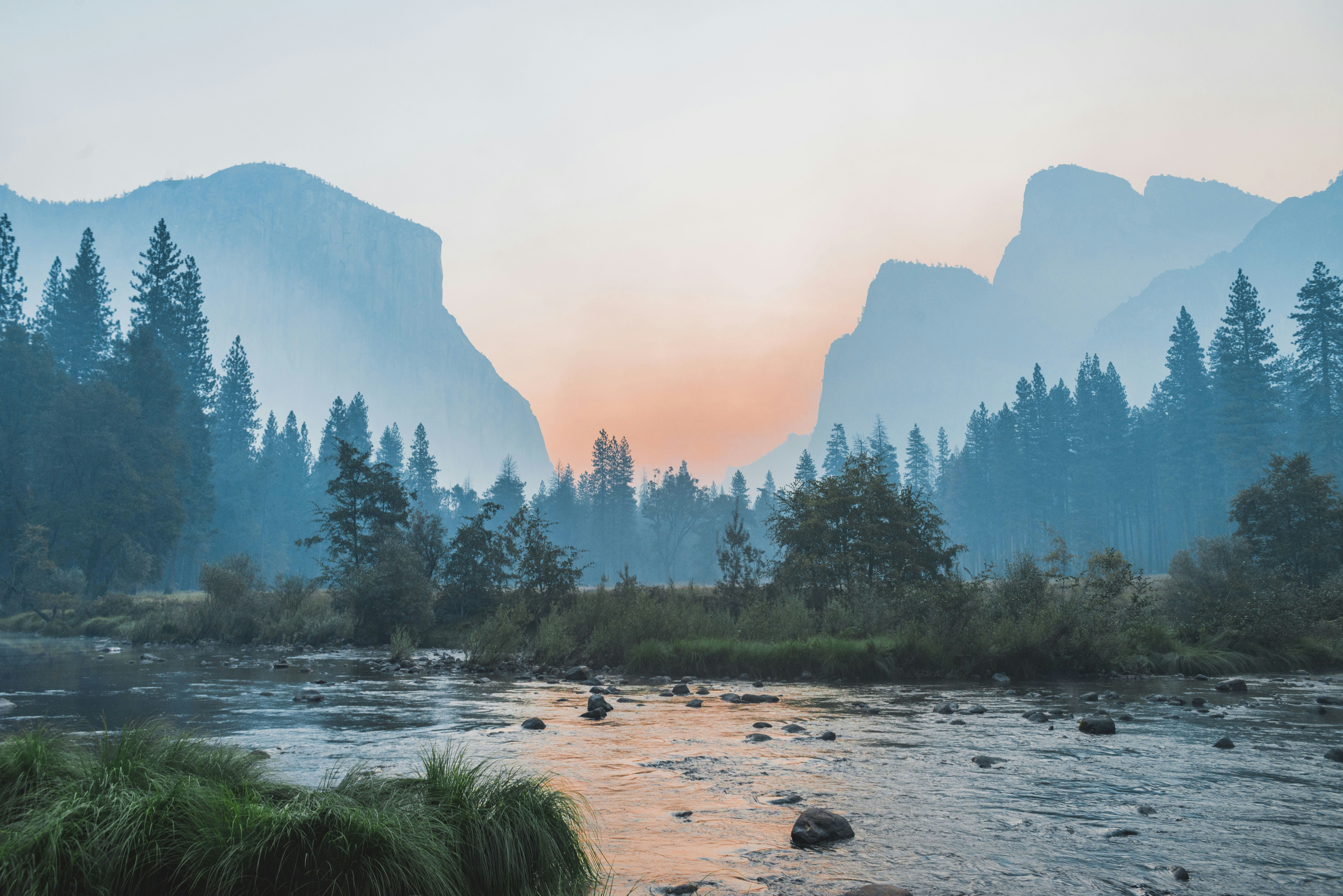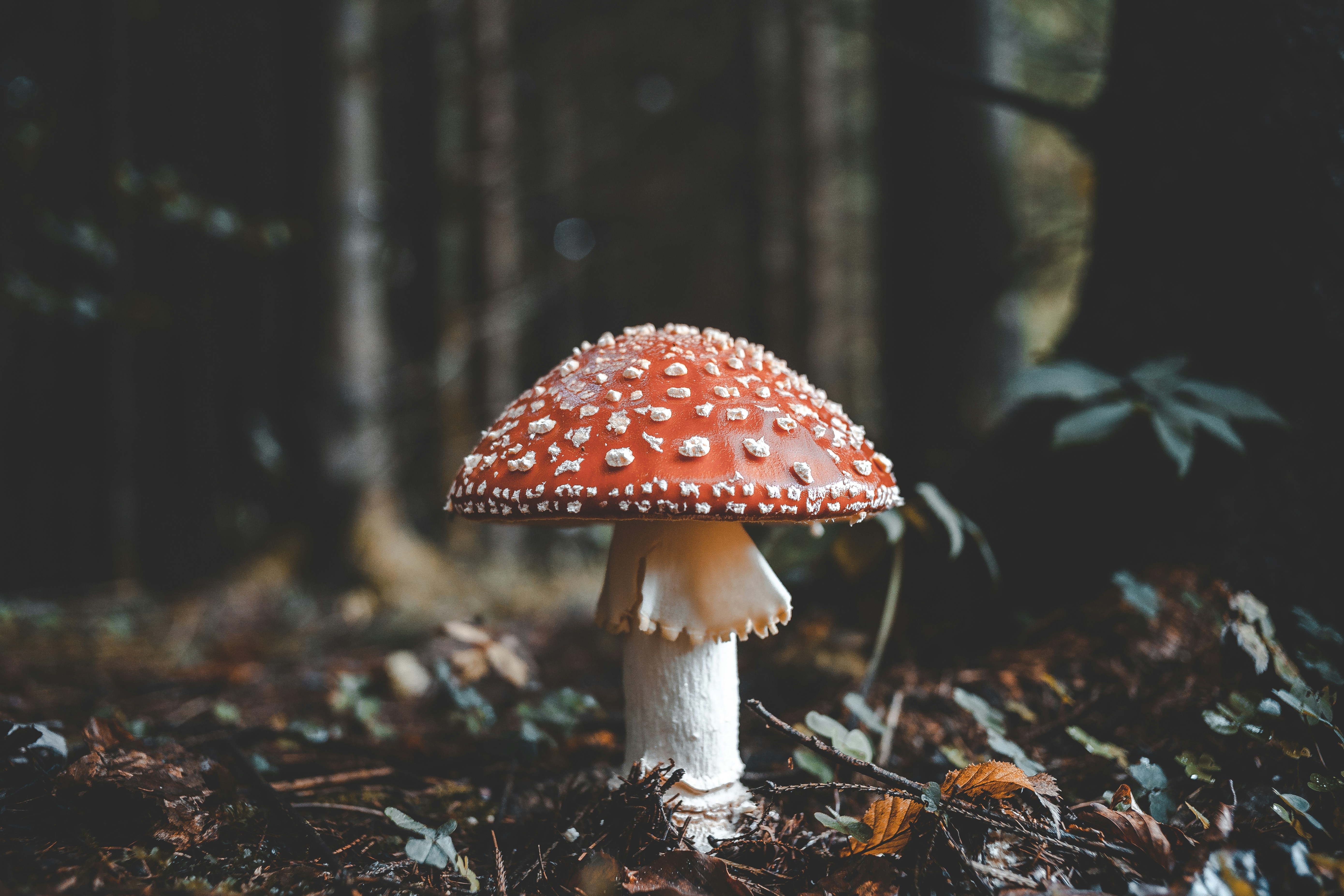How To Butcher Wild Boar At Home
Introduction
How To Butcher Wild Boar At Home is an essential skill for any serious wild game enthusiast. Proper butchering ensures maximum yield, meat quality, and food safety. This guide provides step-by-step instructions for processing wild boar from field to freezer.
Required Equipment
Essential Tools
- Sharp boning knife (5-6 inch blade)
- Caping knife for detail work
- Butcher's steel or sharpener
- Meat saw or bone saw
- Cutting boards (multiple)
- Clean workspace
Support Equipment
- Latex or nitrile gloves
- Freezer paper or vacuum sealer
- Labeling materials
- Storage containers
- Sanitizing supplies
Workspace Preparation
Sanitation Requirements
- Thoroughly clean all surfaces
- Sanitize tools and equipment
- Ensure adequate lighting
- Maintain proper temperature
- Have hand washing station ready
Field Dressing Basics
Immediate Steps
- Position animal properly
- Make initial incision carefully
- Remove internal organs
- Cool carcass quickly
- Protect from contamination
Transport Considerations
- Keep meat cool
- Prevent contamination
- Legal transport requirements
- Time management
Primary Breakdown
Quartering Method
The most efficient approach for large game:
- Remove front shoulders
- Remove hindquarters
- Remove backstraps
- Remove tenderloins
- Process remaining meat
Muscle Group Separation
Understanding anatomy improves yield:
- Identify natural seams
- Follow muscle groups
- Minimize waste
- Preserve meat integrity
Secondary Processing
Steak Cutting
- Determine grain direction
- Cut perpendicular to grain
- Maintain consistent thickness
- Package appropriately
Roast Preparation
- Select appropriate muscles
- Trim excess fat/silver skin
- Tie if necessary
- Label with cut and date
Ground Meat Production
- Trim all bloodshot areas
- Remove sinew and gristle
- Add fat if desired (15-20%)
- Grind twice for consistency
Specialty Cuts
Premium Cuts
- Tenderloin preparation
- Backstrap portioning
- Ribeye section
- Sirloin tip
Traditional Cuts
- Shanks for braising
- Neck roasts
- Brisket section
- Short ribs (if applicable)
Packaging and Storage
Vacuum Sealing
- Remove all air
- Double bag sharp bones
- Label completely
- Date everything
Freezer Paper Method
- Wrap tightly
- Use freezer tape
- Clear labeling
- Proper stacking
Storage Guidelines
- Maintain 0°F or below
- Organize by cut and date
- Use within one year
- Monitor for freezer burn
Safety Protocols
Temperature Control
- Keep meat below 40°F
- Work in batches
- Return to refrigeration quickly
- Monitor throughout process
Cross-Contamination Prevention
- Separate tools for different tasks
- Clean between stages
- Proper hand hygiene
- Sanitize frequently
Yield Expectations
Typical Yields
Understanding realistic expectations:
- Field dressed: 75% of live weight
- Skinned/quartered: 50% of live weight
- Boneless meat: 35-40% of live weight
Common Mistakes
- Working too warm: Bacteria growth risk
- Dull knives: Increases effort and waste
- Poor organization: Leads to confusion
- Inadequate labeling: Problems later
- Rushing the process: Quality suffers
Advanced Techniques
Dry Aging
- Temperature requirements
- Humidity control
- Duration guidelines
- Trimming expectations
Specialty Preparations
- Jerky meat selection
- Sausage trim collection
- Stew meat portioning
- Organ meat handling
Using Every Part
Secondary Products
- Soup bones
- Marrow bones
- Organ meats
- Hide preservation
- Antler/horn use
Troubleshooting
Common Issues
- Bloodshot meat: Trim generously
- Hair contamination: Work carefully
- Freezer burn: Improve packaging
- Tough meat: Consider grinding
Conclusion
Mastering wild boar butchering provides control over your wild game from field to table. With practice, you'll develop efficiency and maximize the value of every harvest. Remember, respect for the animal means using as much as possible and maintaining the highest quality standards throughout processing.



